This post may contains affiliate links. Read our full disclosure here.
Last week, my friend Jessica texted me in a panic. She’d just spent $3,000 on an interior designer, only to discover they couldn’t help her rearrange furniture or pick paint colors for her rental apartment. This mix-up between Home Styling and Interior Design happens constantly, and it’s costing people time and money. After working in both fields, I’ve seen firsthand how these professions differ drastically, though they’re often lumped together on Pinterest and Instagram. Understanding their differences can save you from Jessica’s expensive mistake.
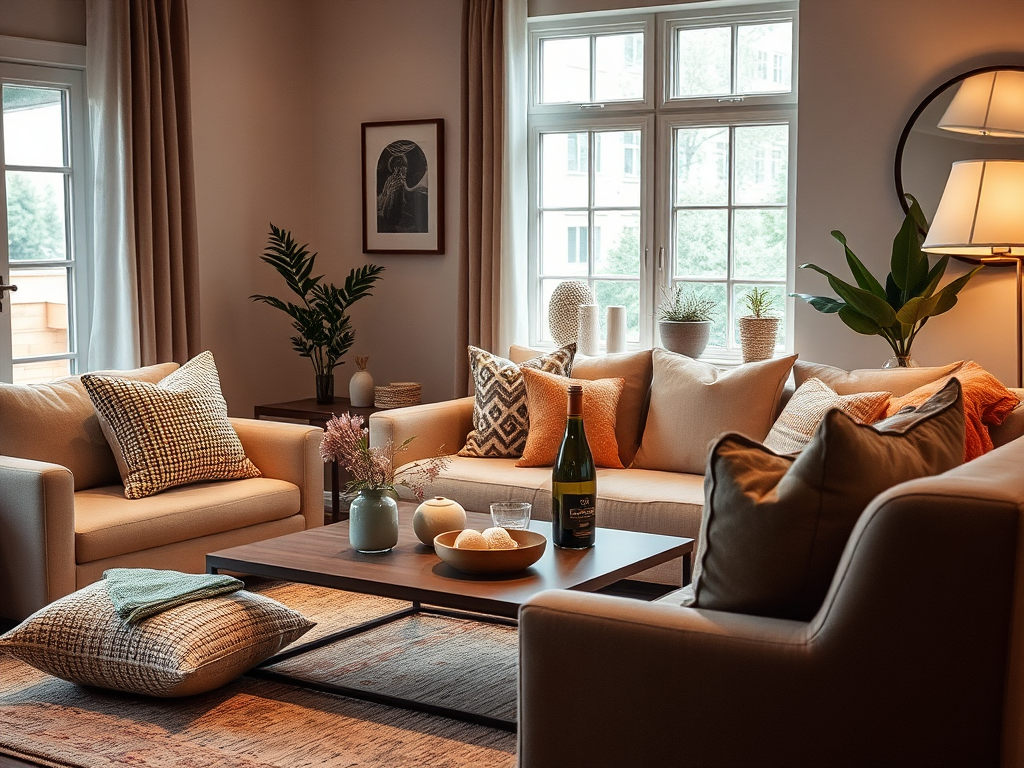
The world of Home Styling and Interior Design might seem like one big decorating umbrella, but they’re actually distinct disciplines with different goals, skills, and price points. As someone who’s collaborated with both types of professionals (and attempted both myself with varying degrees of success!), I’m breaking down exactly what each does, when to hire them, and how to know which your space actually needs.
Why Home Styling and Interior Design Get Confused
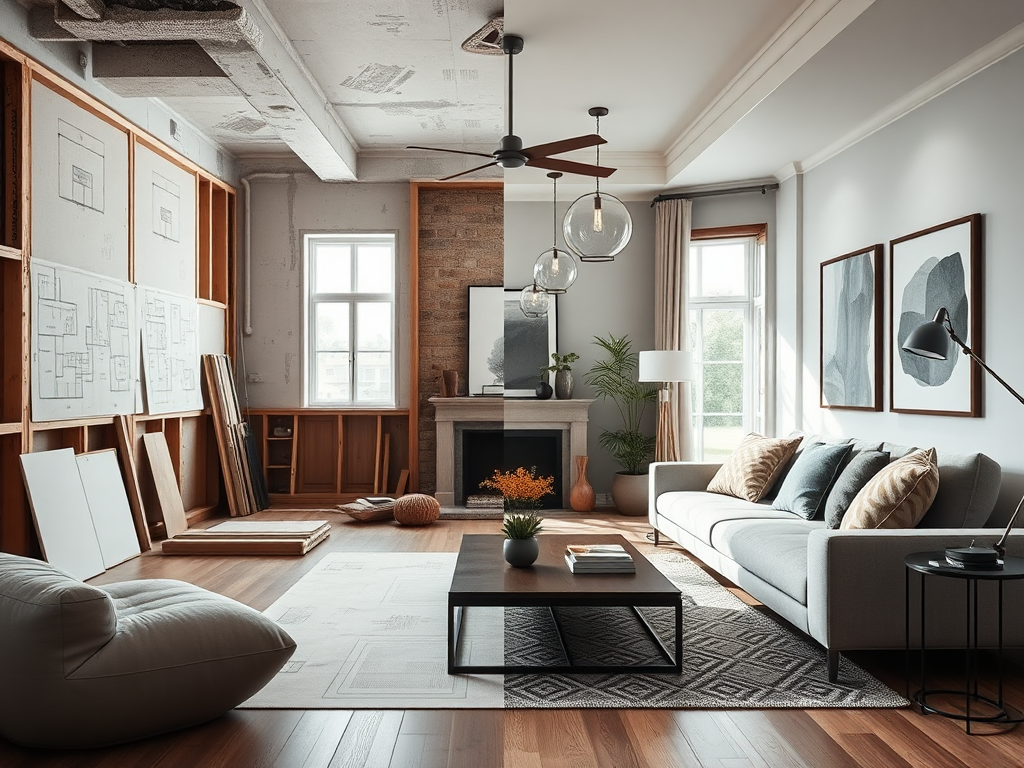
The line between Home Styling and Interior Design gets blurry because both result in beautiful spaces. Social media doesn’t help—how many times have you seen someone labeled as a “designer” on Instagram when they’re actually styling shelves and arranging pillows? While both professionals help create gorgeous homes, confusing them is like mixing up a contractor with a personal shopper.
Here’s why people get them confused:
- Both improve how spaces look and feel
- Both require an eye for aesthetics and proportion
- Both can dramatically transform a room
- The terms are used interchangeably online and in conversation
When my boyfriend and I moved into our first house, we made the classic mistake of hiring a stylist when we actually needed a designer. While we got beautiful furniture recommendations, we still ended up with an awkward kitchen layout that no amount of pretty light fixtures could fix. If you need help choosing a home decor style, a stylist is perfect—but they can’t move your plumbing.
What Interior Designers Actually Do
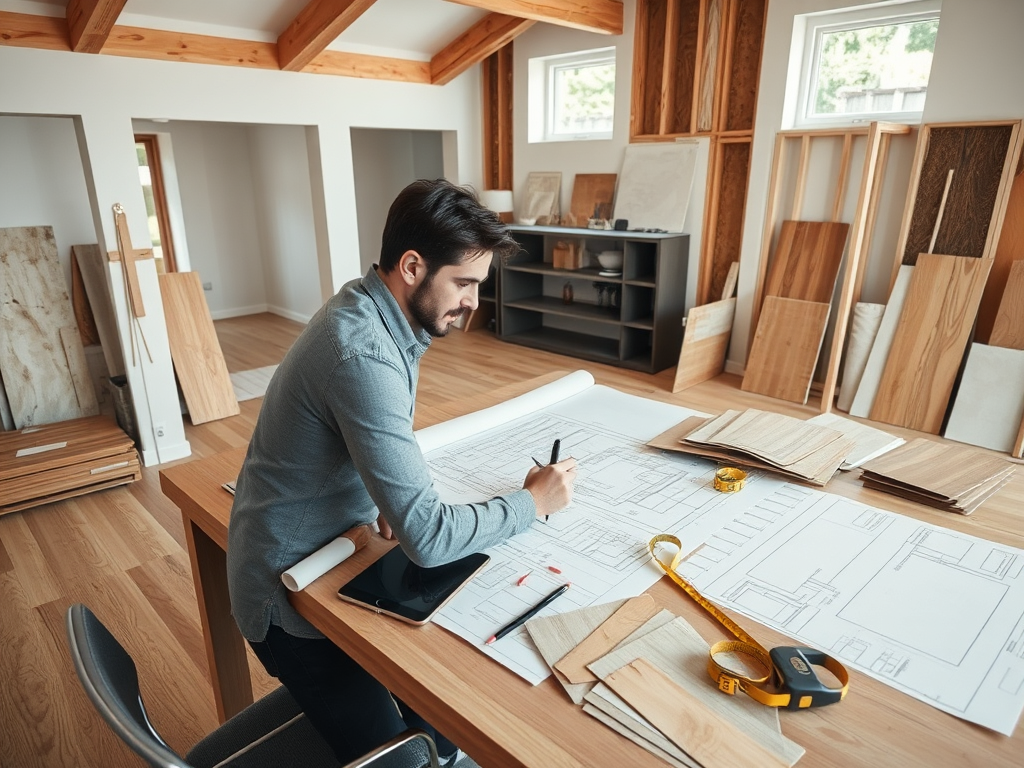
Interior designers focus on how spaces function at a structural level. They’re trained professionals who often have degrees and certifications (like NCIDQ) that qualify them to make significant changes to your home’s architecture and systems. Think of them as the architects of your interior space.
Interior designers handle:
- Spatial planning and structural changes
- Creating technical drawings and blueprints
- Designing electrical layouts and lighting plans
- Planning plumbing placement and kitchen workflows
- Working with contractors and building codes
- Material selection for permanent elements (flooring, countertops, etc.)
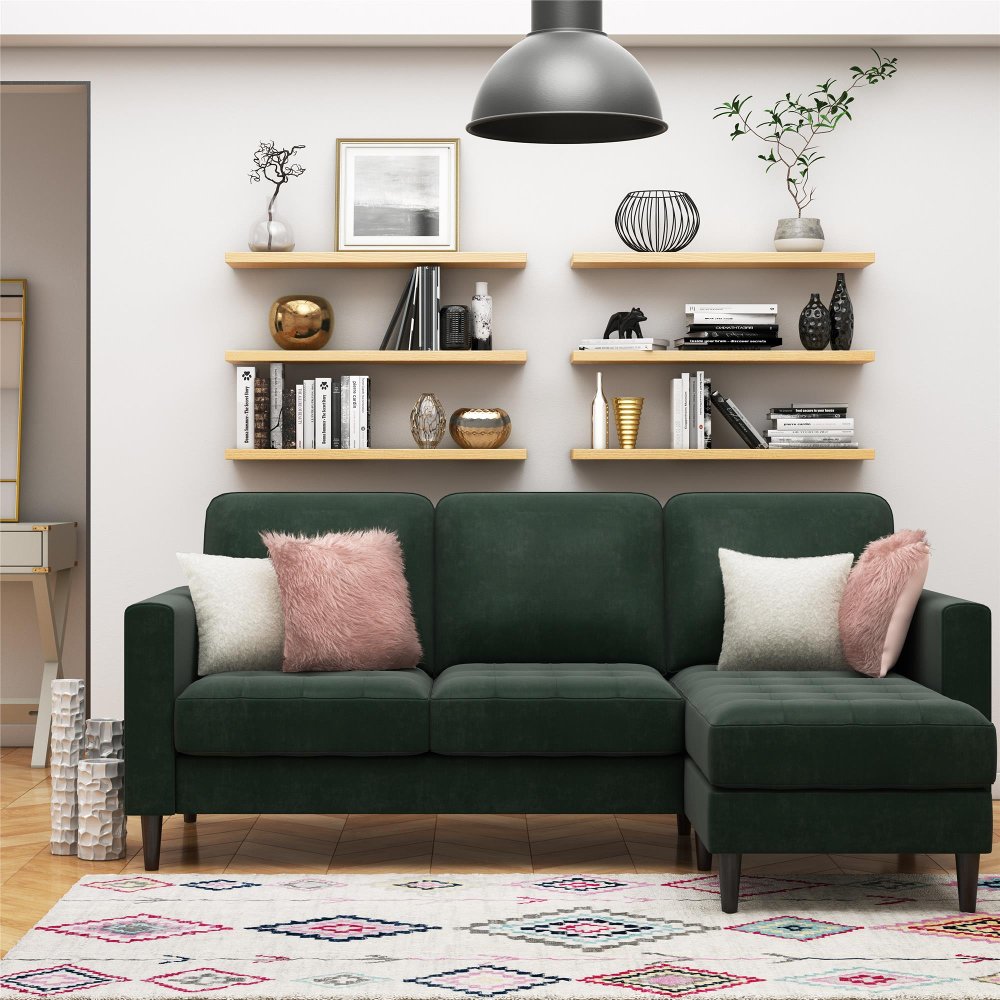
When my sister renovated her 1920s bungalow, her interior designer created detailed plans showing where walls would be removed, where electrical outlets would go, and how the new bathroom layout would work. The designer also coordinated with contractors and pulled permits—tasks that require technical expertise and legal knowledge. For major projects, especially ones involving structural changes, an interior designer isn’t just helpful—they’re essential.
What Home Stylists Actually Do
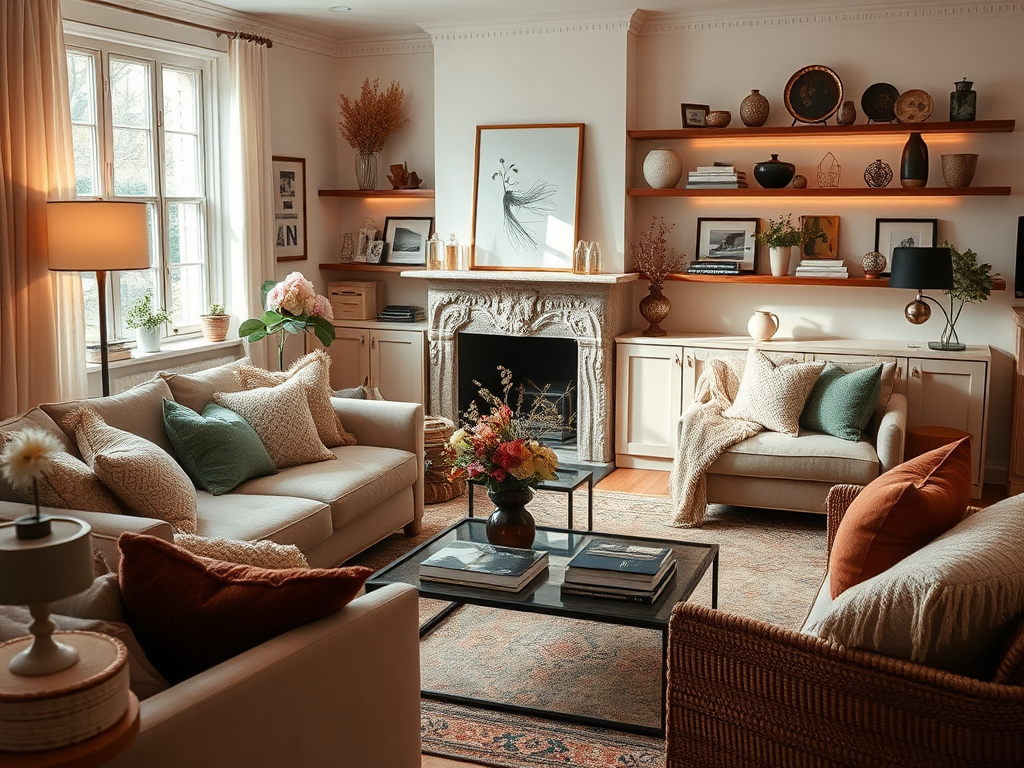
Home stylists are the visual storytellers of your space. They work with what already exists to create beautiful, cohesive looks that reflect your personality. Think of styling as the “outfit” your home wears rather than its bone structure. While some stylists have formal design education, many come from backgrounds in fashion, visual merchandising, or photography.
Home stylists focus on:
- Selecting furniture, textiles, and decorative objects
- Creating color schemes and visual themes
- Arranging furnishings for beauty and flow
- Accessorizing with art, plants, and objects
- Staging homes for photography or real estate sales
- Refreshing spaces seasonally or for special occasions
Last fall, I hired a stylist to help refresh my living room. She didn’t change the layout, but by rearranging my existing furniture, adding strategic lighting, and bringing in textural elements like a chunky throw and velvet pillows, the space felt completely transformed. For renters or anyone who wants a quick refresh without construction, a stylist provides immediate gratification and visual impact.
Key Differences Between Home Styling and Interior Design
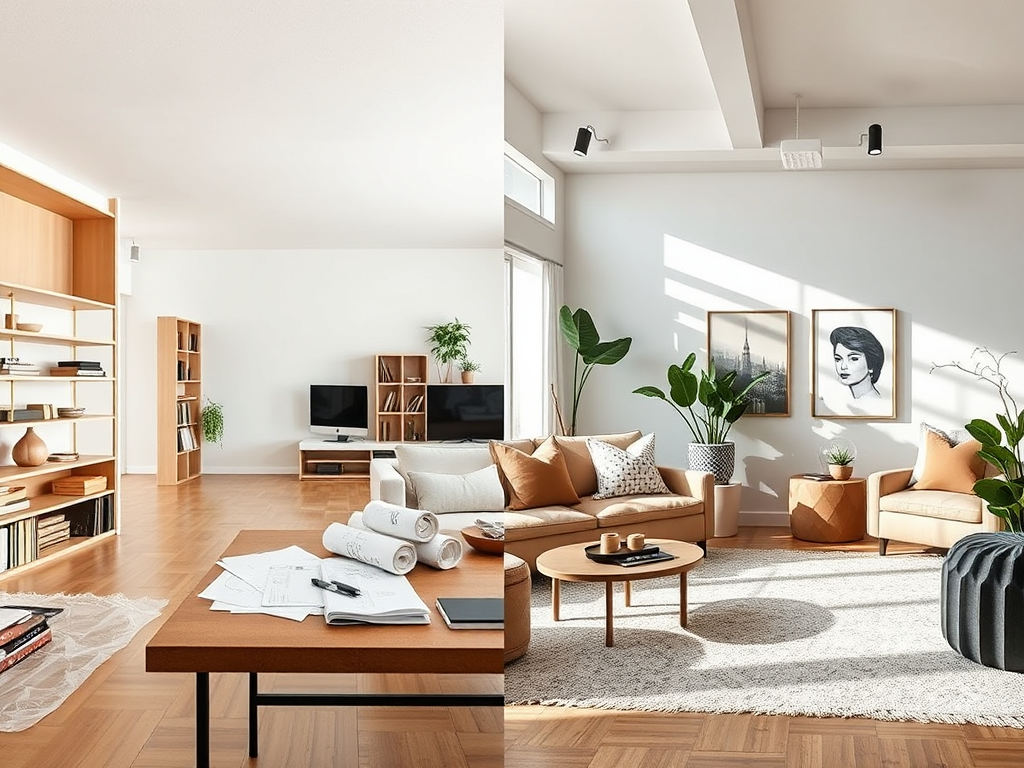
Understanding the practical differences between Home Styling and Interior Design helps clarify which professional you need for your specific project. Here’s a side-by-side comparison that reveals why they’re distinct disciplines:
| Category | Interior Design | Home Styling |
|---|---|---|
| Core Focus | Function, structure, space planning | Aesthetics, mood, visual appeal |
| Education | Formal degree, licensing in many states | Varied backgrounds, often self-taught |
| Tools | CAD software, blueprints, technical drawings | Mood boards, styling kits, décor catalogs |
| Timeline | Weeks to months (sometimes years) | Hours to weeks |
| Cost | $$$$ (typically $75-250+ per hour) | $$ (typically $50-150 per hour) |
| Permanence | Long-term, structural changes | Temporary, easily changed elements |
My college roommate and I once tried to DIY our apartment makeover, assuming we could handle both design and styling. We quickly realized why professionals specialize—we had no idea how to optimize the awkward layout (a design skill), though we were pretty good at making our hodgepodge furniture look cohesive (a styling skill). If you’re exploring different interior design styles, remember that both professions approach style differently—designers from a structural perspective, stylists from a visual one.
When to Hire a Stylist vs. a Designer
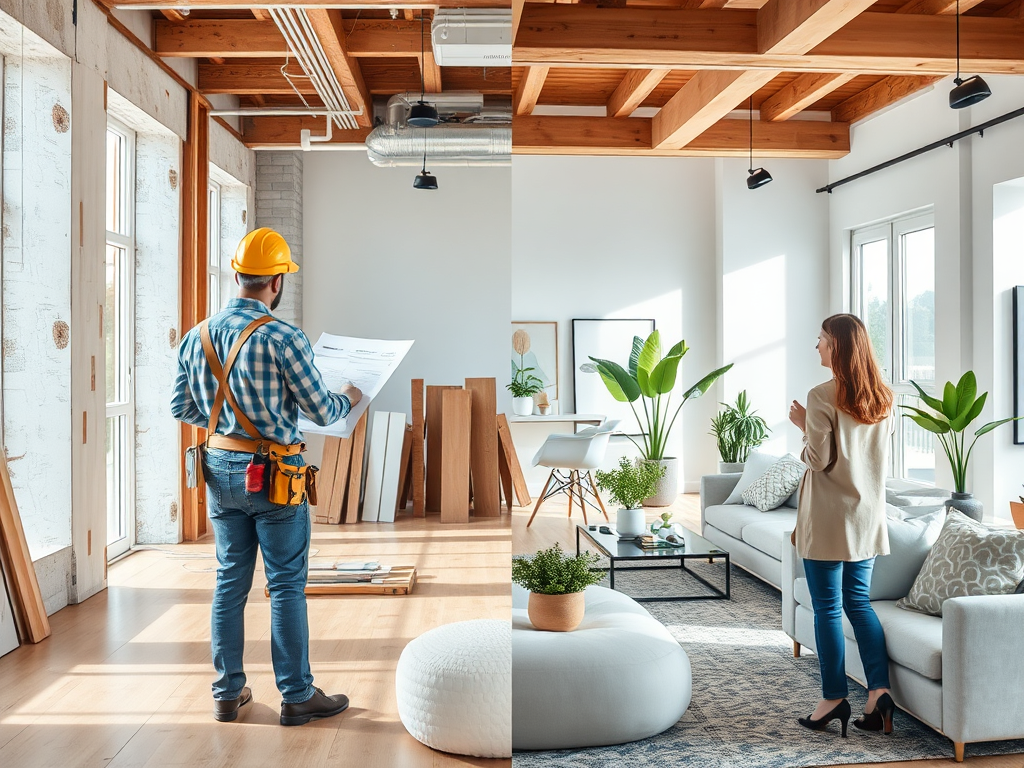
Knowing when to call a designer versus a stylist depends entirely on your project goals. Here’s my practical guide to making the right choice for your specific situation:
Hire an interior designer when:
- You’re renovating, remodeling, or building a new home
- Structural changes are needed (moving walls, plumbing, etc.)
- You need plans for contractors to follow
- Your project requires permits or needs to meet building codes
- You’re investing in permanent elements like cabinetry or built-ins
- You want comprehensive space planning and functional solutions
Hire a home stylist when:
- You want to refresh your space without construction
- You need help choosing and arranging furniture
- You’re struggling with decorative elements and accessories
- You’re preparing to sell your home
- You’re a renter with limitations on structural changes
- You want seasonal updates or special event styling
After moving into my current place, I faced the challenge of decorating with a roommate who had different style preferences. We hired a stylist for a three-hour consultation who helped us find common aesthetic ground and arrange our existing furniture to suit both our needs. The investment was under $400 and solved our immediate problems without the commitment of a full design service.
Common Myths About Home Styling and Interior Design

Let’s bust some persistent myths about Home Styling and Interior Design that keep circulating:
Myth #1: Interior designers only care about function, not aesthetics
Reality: Professional designers blend function and beauty—they just approach aesthetics through the lens of structure first. Most have incredible taste and style sensibilities but apply them to architectural elements before decorative ones.
Myth #2: Stylists just “fluff pillows” and don’t add real value
Reality: Skilled stylists understand principles of visual composition, color theory, and psychological effects of environments. Their work creates emotional impact and can completely transform how a space feels without changing its structure.
Myth #3: You need both for any good project
Reality: Many projects only require one or the other. A well-designed kitchen may need minimal styling, while a rental apartment with good bones might just need styling help.
Myth #4: Interior designers are always more expensive
Reality: While design services typically cost more than styling, hiring a designer for a complex project can actually save money by preventing expensive mistakes and optimizing space efficiency.
When my friend bought a house with classic American-style home decor, she assumed she needed a full interior designer to update it. After consultation, she discovered that the home’s layout was already functional—she just needed a stylist to modernize the finishes and decor, saving thousands in the process.
How to Use Home Styling and Interior Design Together
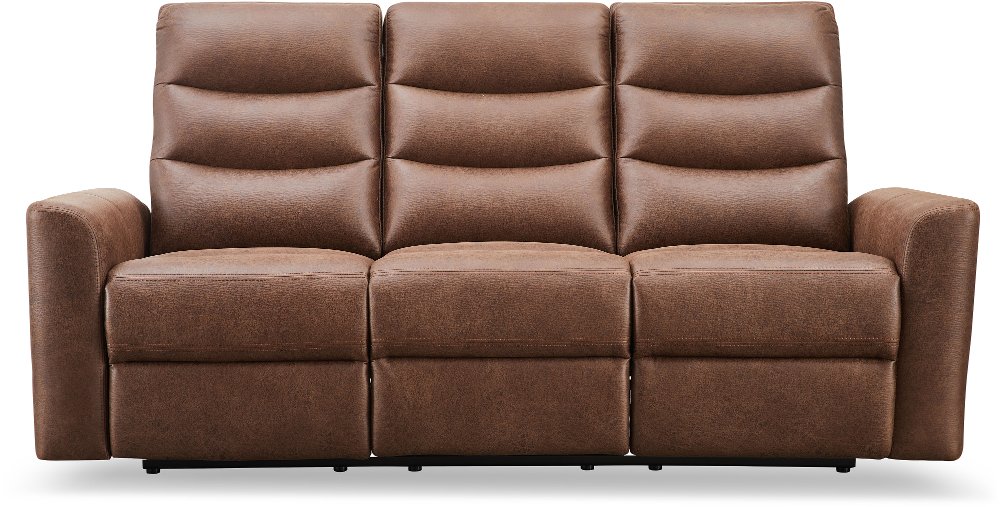
For truly transformative projects, using both Home Styling and Interior Design services in sequence creates magic. Here’s how to combine them effectively:
Step 1: Start with design fundamentals. If your project involves any structural changes or layout issues, begin with an interior designer. Let them handle the “bones” of your space—layout, lighting plans, built-ins, and permanent finishes.
Step 2: Transition to styling. Once the structural elements are in place (or if they were already good to begin with), bring in a stylist to add the personality, color, and finishing touches that make a house a home.
Step 3: Consider hybrid professionals. Some firms now offer both services under one roof. These “full-service” designers can manage your project from structural changes through final accessory placement—though expect to pay premium rates for this convenience.
My neighbor recently renovated her basement, using an interior designer for the initial layout, lighting plan, and built-in entertainment center. Once construction was complete, she worked with a stylist who selected furniture, rugs, art, and accessories that complemented the architectural elements while making the space feel cozy rather than cavernous. The combination produced results neither professional could have achieved alone.
For budget-conscious homeowners, you can also phase your project—handle the design elements now, and save for styling later. Or start with a designer consultation to get a structural plan you can implement over time, then bring in a stylist for the finishing touches.
Finding Your Perfect Match in Home Styling and Interior Design
Now that you understand the difference between Home Styling and Interior Design, how do you find the right professional? Start by getting clear on your project goals. Are you dealing with awkward traffic flow and insufficient storage (designer territory), or do you have a well-designed space that lacks personality (stylist territory)?
When interviewing potential professionals, ask these targeted questions:
- What specific services do you offer?
- Can I see examples of projects similar to mine?
- What’s your training and background?
- How do you charge (hourly, flat fee, percentage)?
- What’s the typical timeline for a project like mine?
Don’t be afraid to be direct about what you’re looking for. A good professional will tell you honestly if your project falls outside their expertise. And remember that both designers and stylists come in different specialties—some focus on specific rooms (kitchens, baths) or styles (traditional, modern, eclectic).

Understanding the distinction between these two fields has completely changed how I approach my home projects. When we recently tackled our kitchen, I knew a designer was essential for the layout and cabinetry—no amount of beautiful styling could fix the fundamental workflow problems. For the living room, however, a stylist helped me use what I already had to create a space that feels both practical and personal.
Whether you’re renovating from studs to ceiling or simply refreshing your space for a new season, matching your project to the right type of professional will save you time, money, and frustration. Home Styling and Interior Design each bring unique value to the table—the key is knowing which one your table needs!




